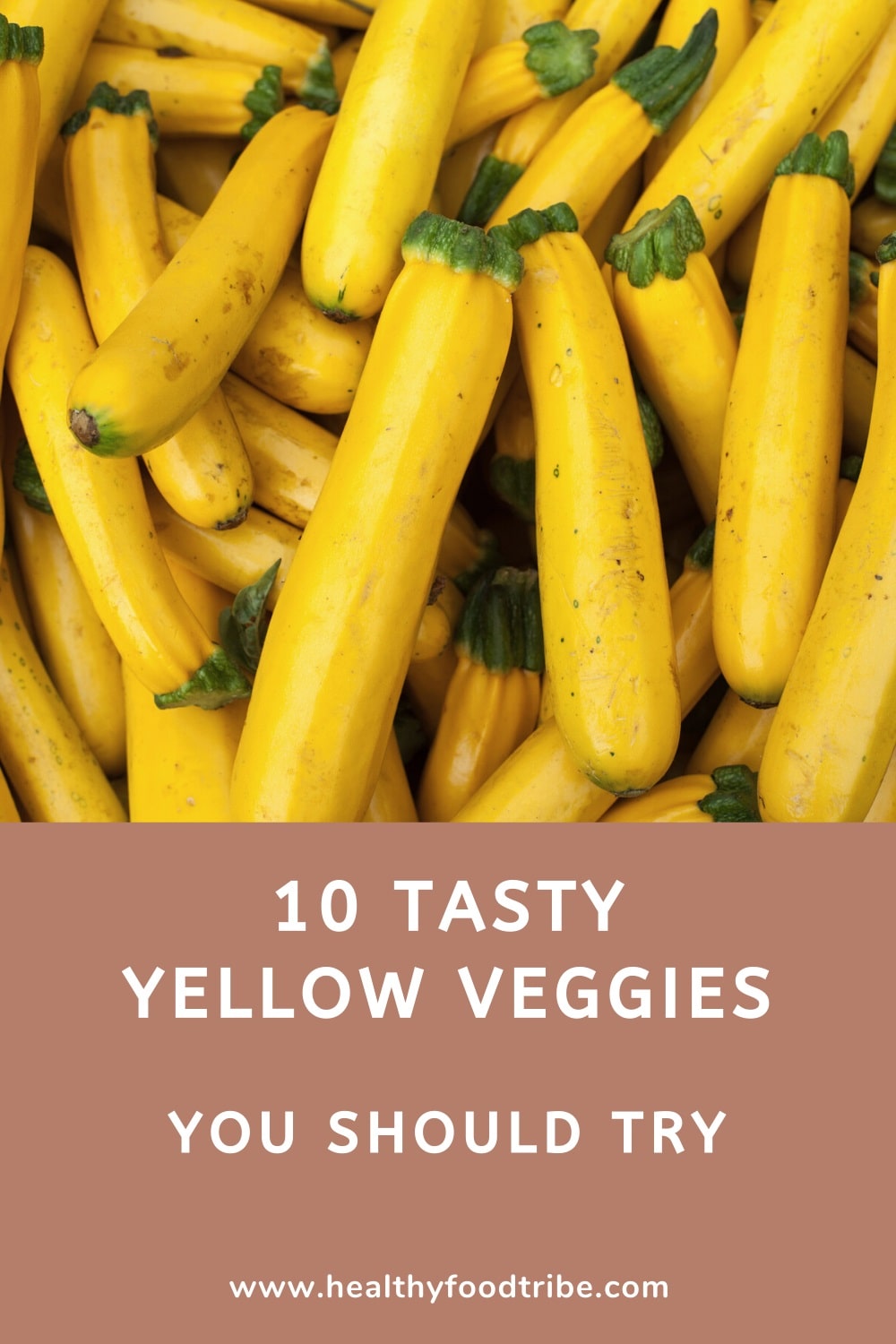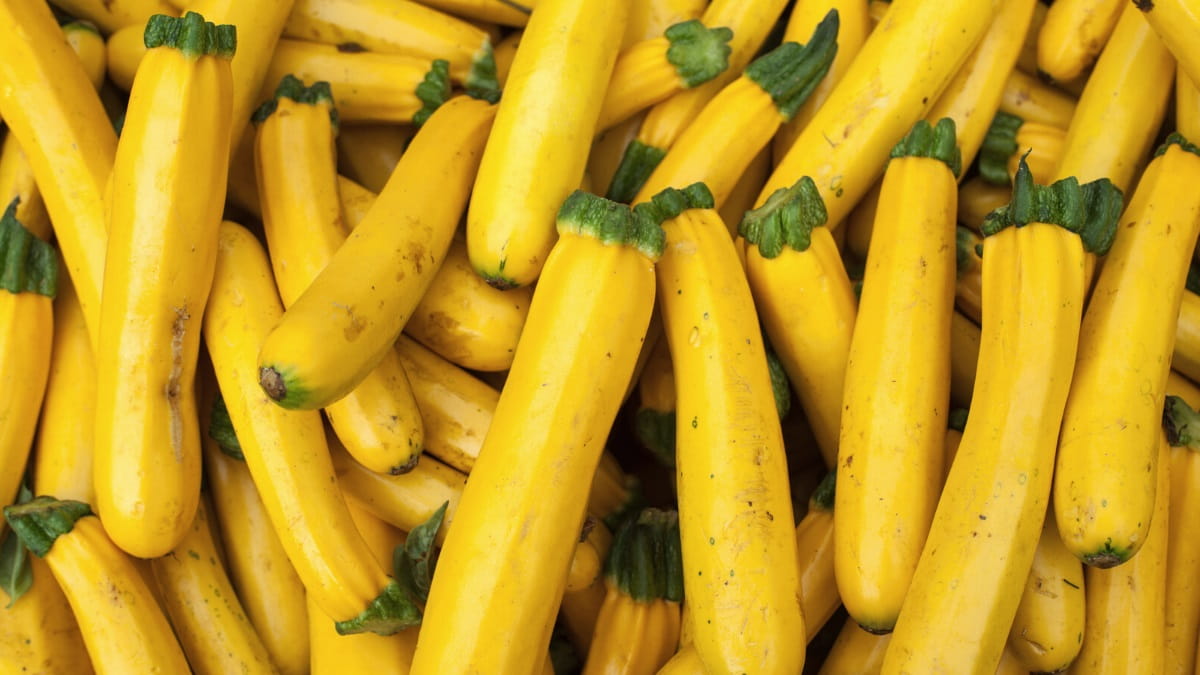Last updated: April 20, 2024
This guide shares ten of my favorite yellow veggies from around the world, each with unique shapes, flavors, and nutritional profiles.
This may come as a surprise, but so many of our favorite vegetables come in different color varieties that also include yellow.
Not only are these a great way to add some sunshine to your plate, but they often also bring unique flavors to the table that we may otherwise miss out on.
In this article, I will be sharing ten tasty yellow-colored vegetables that are very much worth adding to your lunch and dinner recipes, including practical tips on how to cook, serve, and eat them.
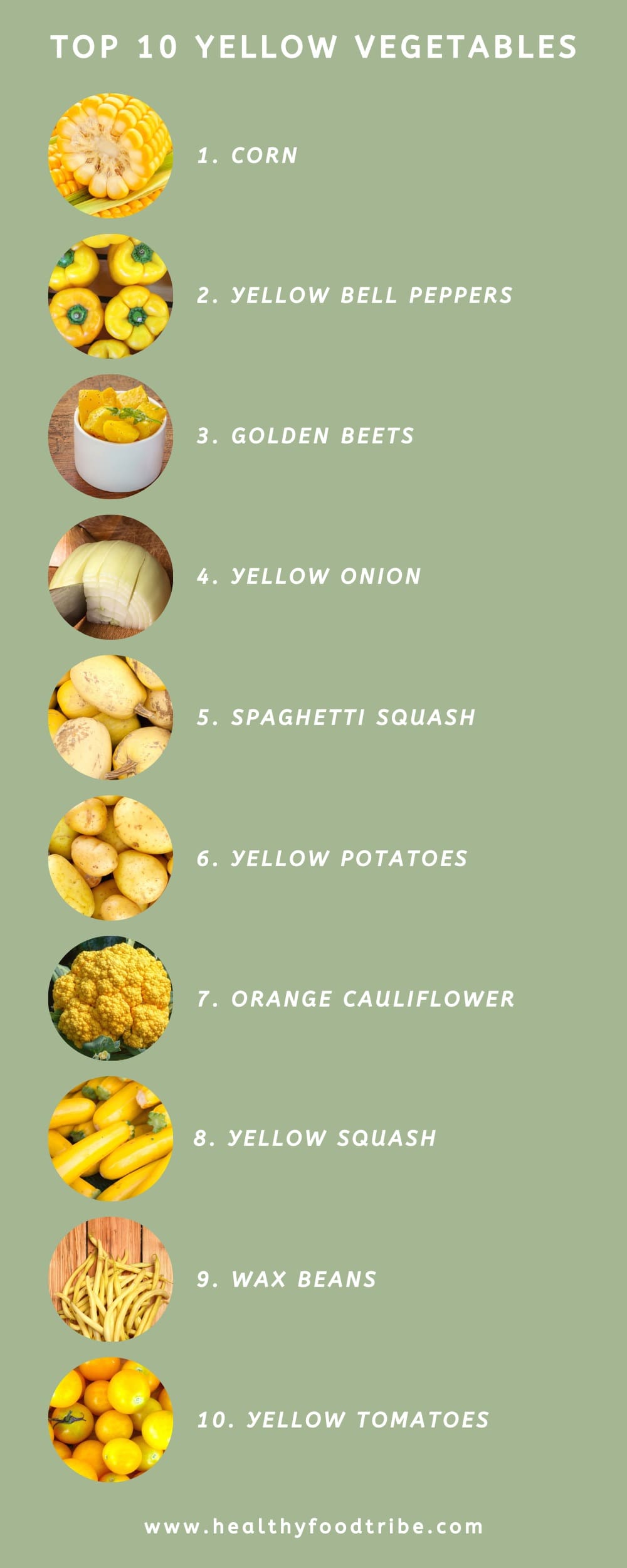
1. Corn
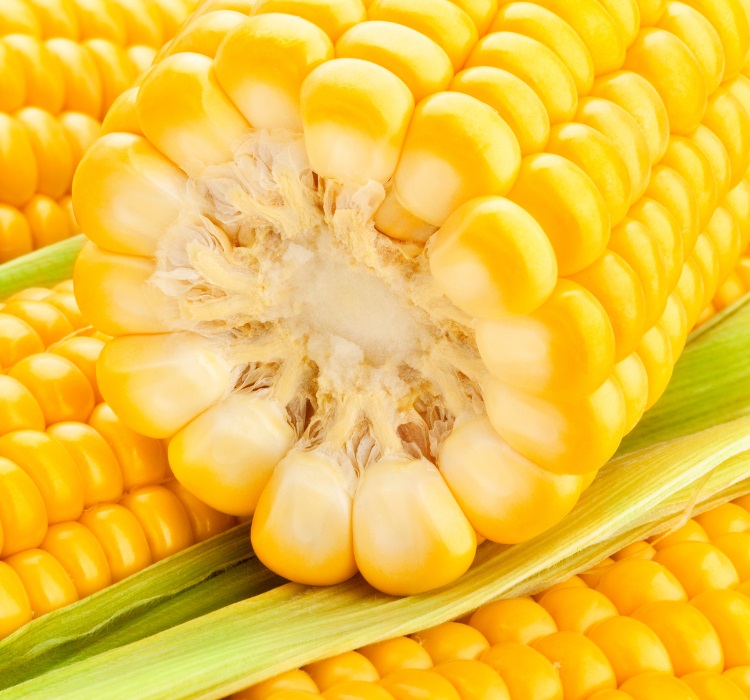
Yellow corn has been a favorite of mankind for thousands of years. Humans living in Central Mexico created this staple food by selectively breeding wild teosinte grass. The result was a new species of grass that produced large, starchy, sweet grains that could be used in a variety of ways.
Yellow corn is sweet and juicy with smooth, buttery undertones. It is packed with plenty of vitamins and minerals and is a good source of vitamin C, thiamine, folate, magnesium, and potassium. It is higher in starch and sugars than true vegetables but still packs plenty of fiber.
To add some golden veggie power to your meals, try putting corn in your favorite soup, chili, salsa, or stir-fries. Corn on the cob is a favorite, as are frozen corn kernels. Corn can also be dried and milled to create flour for tortillas, cornbread, and more.
2. Yellow Bell Peppers
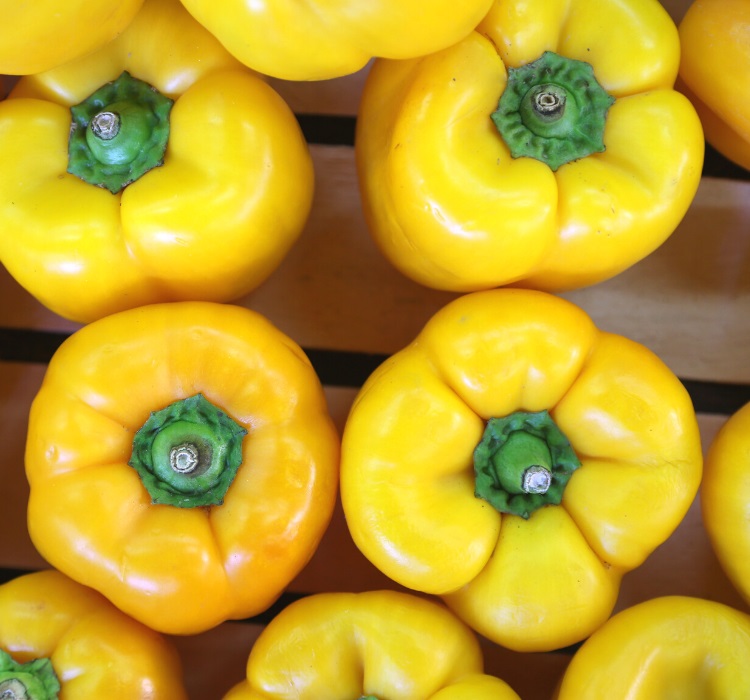
Believe it or not, green bell peppers are the immature form of colored peppers. Depending on the variety, these will ripen to red, orange, yellow, or purple if given enough time. Yellow bell peppers are one of the more common types.
Like red peppers, yellow are juicier and less bitter than green peppers. They aren’t as sweet as red or as tangy as orange. They have a nice mild flavor that goes well with various dishes. Like other bell peppers, yellow bells can be cooked in various ways. They are delicious when roasted, sauteed, stuffed, baked, or served fresh.
The color isn’t the only difference between different colored bell peppers. They also contain different nutrients. Due to its pale color, yellow has less beta-carotene than red and green. But it contains violaxanthin, a potent antioxidant that the others don’t have.
3. Golden Beets
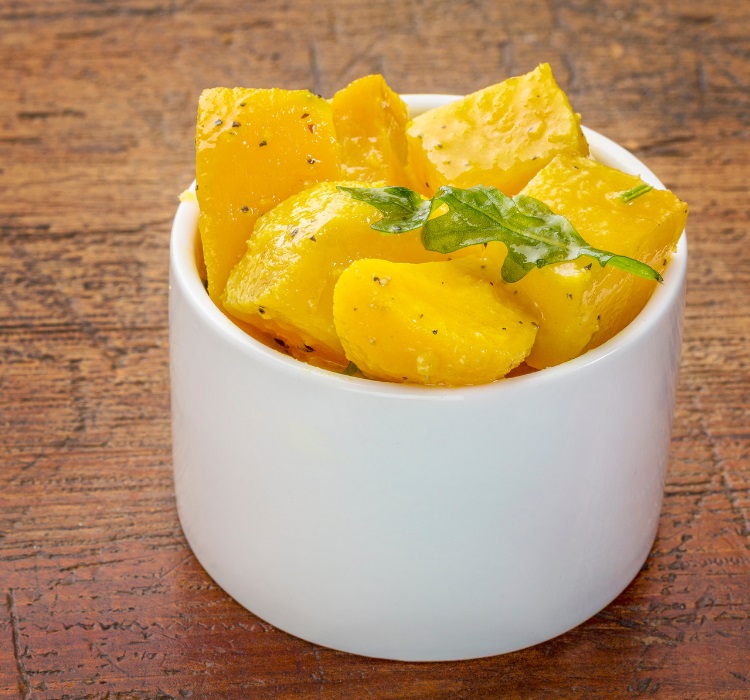
Golden beets are more orange than yellow on the outside, but they have bright, sunny flesh on the inside. These yellow roots are sweeter and less earthy than red beets. The less overwhelming flavor makes them a better veggie for picky eaters.
While red beets have been around for a long time, golden beets were only bred in the last 200 years. They have become more popular in recent times as home gardeners look for unique cultivars to vary their harvests.
Golden beets can be prepared in a number of ways and included in a variety of meals. Roasted beets make a sweet treat, while steamed and pickled beets are great for topping salads and grain dishes. You can also juice beets to take advantage of all the nutrition locked inside.
4. Yellow Onion
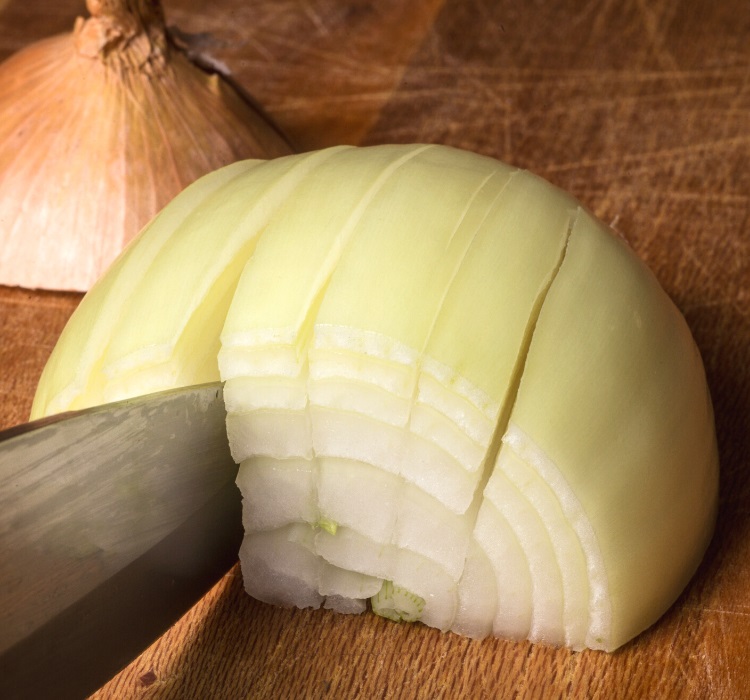
Onions have been cultivated and used by humans for over 5,000 years. The original cultivar is thought to have been a yellow onion variety that originated in Asia or Iran. Today, there are many different colors of bulb onions, all with different characteristics.
Both yellow onions and sweet onions have golden skin with yellow-white flesh. Yellow onions are the most common type used for cooking. They have a spicy flavor when raw that mellows nicely when cooked.
Sweet onions are similarly mild when cooked, but are much sweeter. Both can be used in a variety of recipes, but yellow onions are the better choice if the recipe doesn’t designate a type.
5. Spaghetti Squash
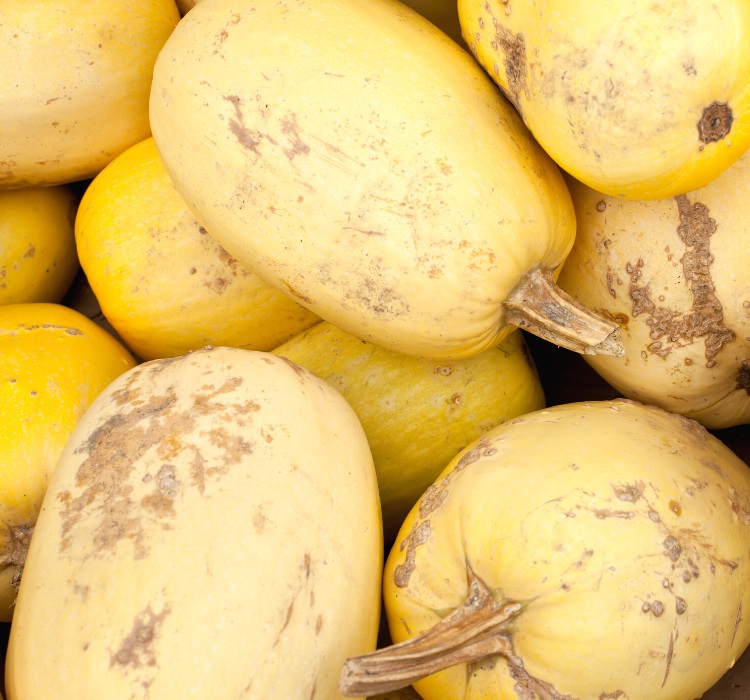
Spaghetti squash is a hard-skinned winter squash famous for the unique texture of its flesh. The outside of most varieties is pale yellow, while the inside is yellow-orange. When raw, the flesh looks like a typical squash, but when cooked, it falls away in strands that look like spaghetti.
In fact, this squash is often used in place of noodles for low-carb, gluten-free pasta dishes. Doing this has a lot of nutritional benefits aside from reducing starch intake.
While squash originated in America, spaghetti squash first showed up in China in 1850. There, it was used as a staple food in local villages. In addition to being used as noodles in your favorite Chinese, Japanese, and Italian dishes, spaghetti squash can also be eaten plain. Roast the squash in the oven and add butter and seasoning for a simple yet delicious side dish.
6. Yellow Potatoes
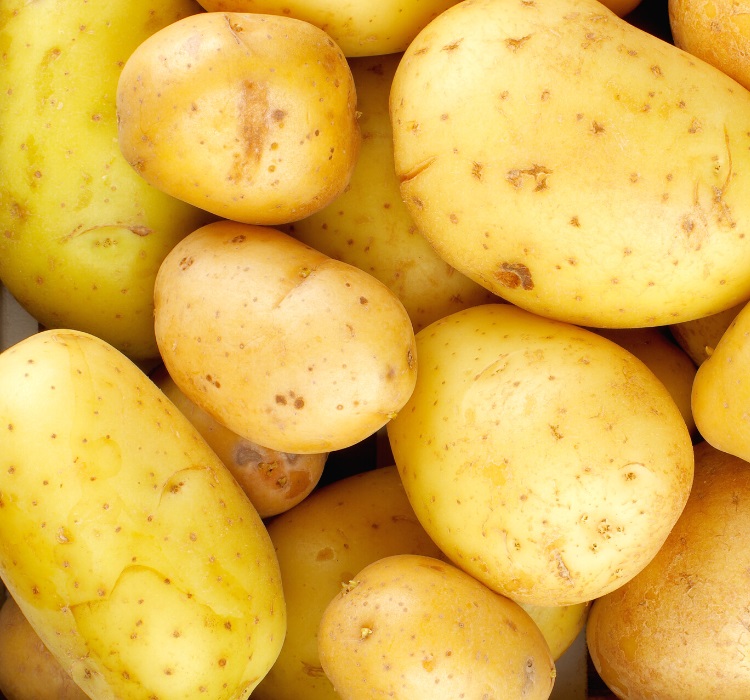
There are a variety of yellow potato cultivars out there, but the most common is the Yukon Gold. All of these sunshiney potatoes have tan-yellow skin and light yellow flesh. Compared to white potatoes, yellows are more waxy and velvety and have a lower starch content.
As you can imagine, these spuds hold more nutritional benefits than their pale cousins. Yellow potatoes are loaded with vitamin C, potassium, and vitamin B6, and, like other potatoes, they have a lot of starch but also contain a good amount of fiber.
There is limitless potential for using yellow potatoes in the kitchen. They are best suited for roasting, mashing, and integrating into soups and soup bases. For boiling, red or white potatoes are the better choice.
7. Orange Cauliflower
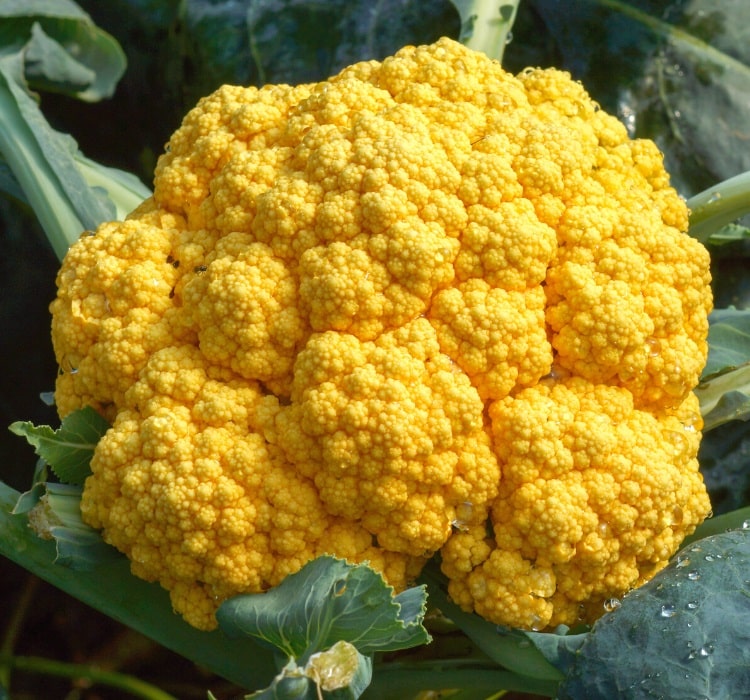
While the common name may be “orange” cauliflower, this specialty cauliflower cultivar is much more yellow in appearance. Also known as cheddar cauliflower, this striking veggie came to be after a mutated strain emerged in Canada in 1970.
The yellow coloring is caused by excess beta-carotene in the flower buds. Because of this, orange cauliflower has about 25% more of this vitamin A precursor than other varieties of cauliflower.
In terms of flavor, yellow cauliflower is mild and slightly sweet, with a deep, creamy texture. It isn’t as nutty as white varieties. And, unlike purple cauliflower, it keeps its color when steamed. Orange cauliflower can be enjoyed just as you would regular cauliflower. It can be roasted, steamed, sauteed, or eaten raw.
8. Yellow Squash
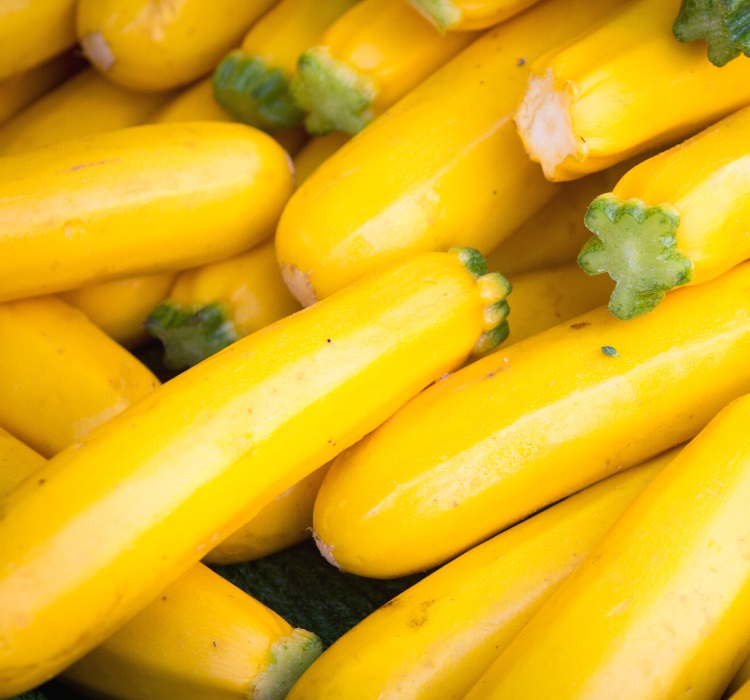
Yellow squash is a bright yellow, soft-skinned summer squash popular in supermarkets. It is similar to zucchini in size and shape but with a less intense flavor. It doesn’t have the bitterness of zucchini but is rather nutty and creamy.
Like other squash, yellow squash originated in America. The seeds of a summer squash found in a Mexican cave have been dated as far back as 10,000 years. It’s likely our ancestors have been enjoying yellow squash for some time.
This bright, sunny vegetable is 95% water, making it very low in calories. Summer squash makes a great addition to stir-fries, soups, and pastas. It can be eaten raw, shredded, spiralized into noodles, roasted, or sauteed.
9. Wax Beans
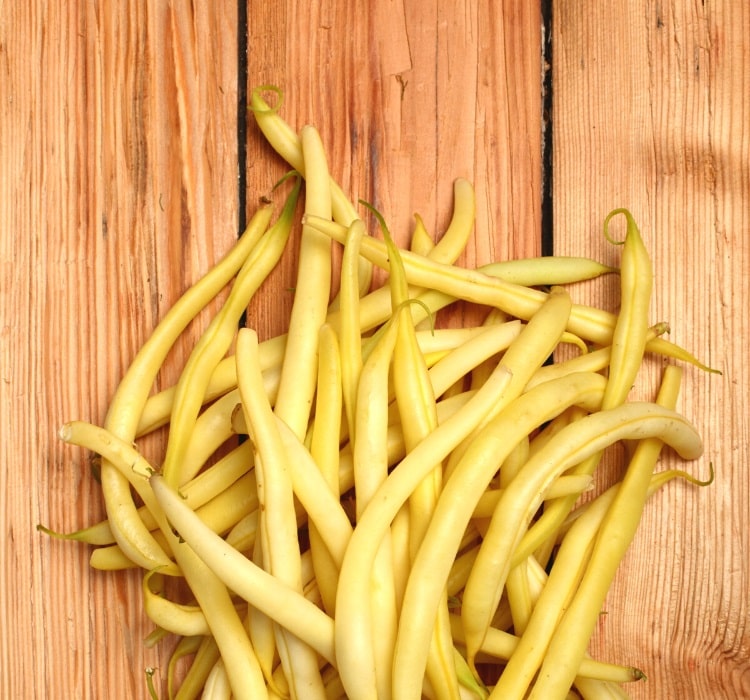
Wax beans, also known as yellow beans or butter beans, are a close relative of the green bean. They grow to a similar length and have a similar texture. Flavorwise, they are nutty and slightly grassy, but less intense and slightly sweeter than green beans.
These pale beans get their wax-like color because they lack chlorophyll. The first cultivar with this unique characteristic was bred in Algeria in the 18th century. Since then, many varieties have been created, all with slightly different characteristics and different growing habits.
Wax beans have plenty of fiber and more protein than many vegetables. Most often, these beans are cooked before they’re enjoyed. Like green beans, they can be steamed, roasted, fried, and stir-fried.
10. Yellow Tomatoes
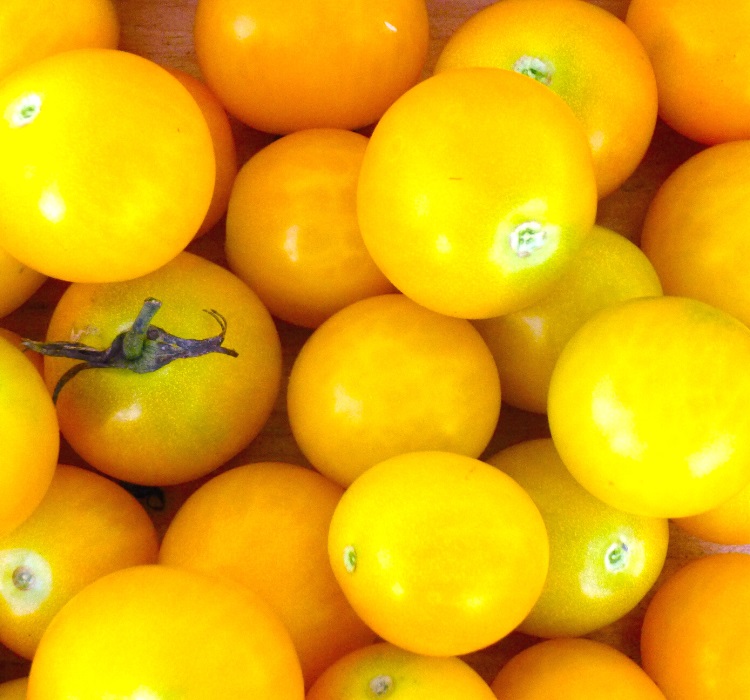
There is a huge variety of yellow tomato cultivars out there. From tiny yellow cherry tomatoes to scale-tipping yellow heirloom Brandywine tomatoes, yellow tomatoes come in as many sizes as red. Yellow grape tomatoes and yellow slicers are some of the most popular.
Compared to reds, yellows have a milder, sweeter flavor and taste less acidic. However, that flavor comes at a small cost, as yellow tomatoes do not contain the valuable antioxidant lycopene. Despite this, they are still a nutritious choice to brighten your plate.
Different varieties of yellow tomatoes are enjoyed in various ways. Cherry tomatoes are great for snacking on raw and can also be sauteed or “blistered”. Larger tomatoes can be sliced and eaten raw or diced and included in soups, stews, chilis, and sauces.
